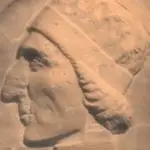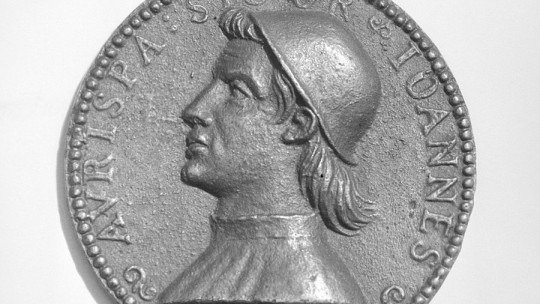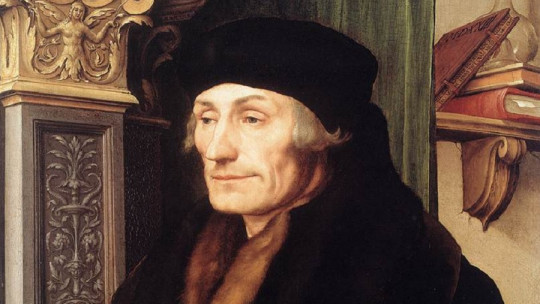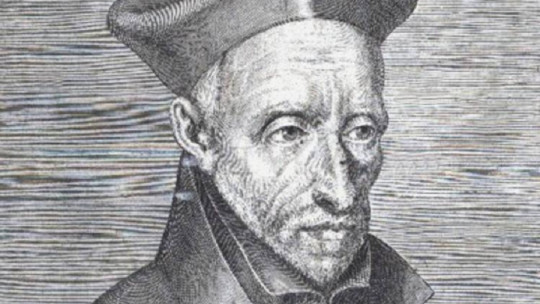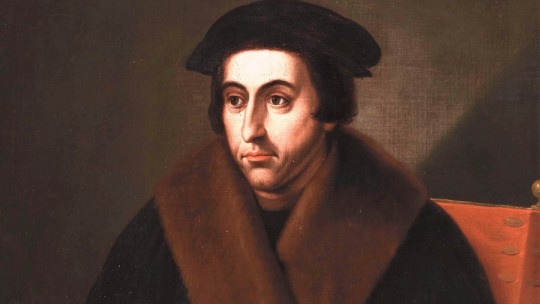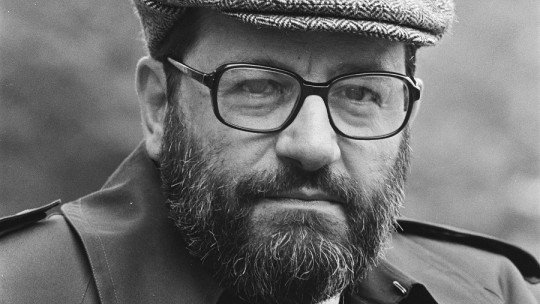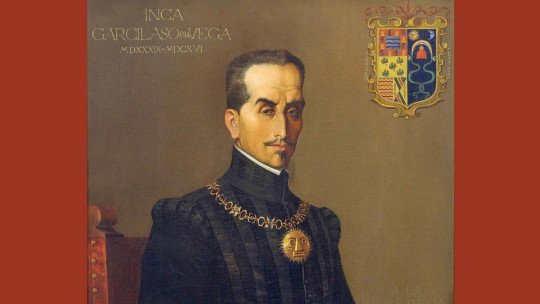
He is known as Inca Garcilaso and lived in the 16th century, but he should not be confused with the other Garcilaso (the Renaissance poet), although, apparently, they were linked by kinship ties. Real name Gómez Suárez de Figueroa, Inca Garcilaso was born in Cuzco, Peru, son of Sebastián Garcilaso de la Vega from Extremadura and the Inca princess Isabel Chimpu Ocllo.
Great humanist and distinguished chronicler of the history of his native Peru, Inca Garcilaso was the first mestizo to publish his works on the European continent, and throughout his life he defended the mixture of cultures that he himself represented and of which he felt very proud. In today’s article, we talk about the first American writer who published in Europe, Inca Garcilaso.
Brief biography of Inca Garcilaso, Peruvian chronicler and humanist
The blood of illustrious families ran through his veins, both on his father’s and his mother’s side. Her father, Sebastián Garcilaso de la Vega (1507-1559), belonged to an Extremadura lineage of ancient ancestry, and her mother, Chimpu Ocllo (later baptized Isabel) was a ñusta, that is, a princess of the Inca imperial family. Inca Garcilaso, therefore, represented an ethnic fusion with a rich cultural past that he always claimed.
Descendant of kings
Sebastián Garcilaso de la Vega, the father of our character, had arrived in Peru in 1534, after traveling through Mexico and Guatemala under the orders of Pedro de Alvarado (1485-1541). It was in Cuzco, the capital of the Inca empire, where he finally settled and where he became corregidor from 1554 to 1556. There he also died in 1559. In Cuzco he had a relationship (not without controversy) with Chimpu Ocllo, a princess of royal blood. In fact, Chimpu Ocllo was none other than the granddaughter of the last great Inca leader.
Why do we say “controversy”? Because, in fact, historians do not agree on the nature of the union of Sebastián Garcilaso de la Vega and the princess. In some sources they are presented as a married couple (and, in fact, she was baptized with the name Isabel). However, a few years later (when Inca Garcilaso was about ten years old) the colonists were ordered to “abandon their indigenous concubines” and marry; Otherwise, they would lose the encomiendas. Sebastián Garcilaso de la Vega then married a Spanish noblewoman, Luisa Martel de los Ríos (1535-1593), which gives us to understand that, indeed, his relationship with the ñusta had been “illegitimate.”
Be that as it may, the child was born on April 12, 1539 in Cuzco, and was baptized with sonorous names that, in reality, were illustrious surnames: Gómez Suárez de Figueroa. The little boy spent most of his childhood with his mother, in close contact with the Inca nobility, from whom he learned their rich culture. In fact, the future writer’s mother tongue was Quechua, although he later used Spanish as a literary language.
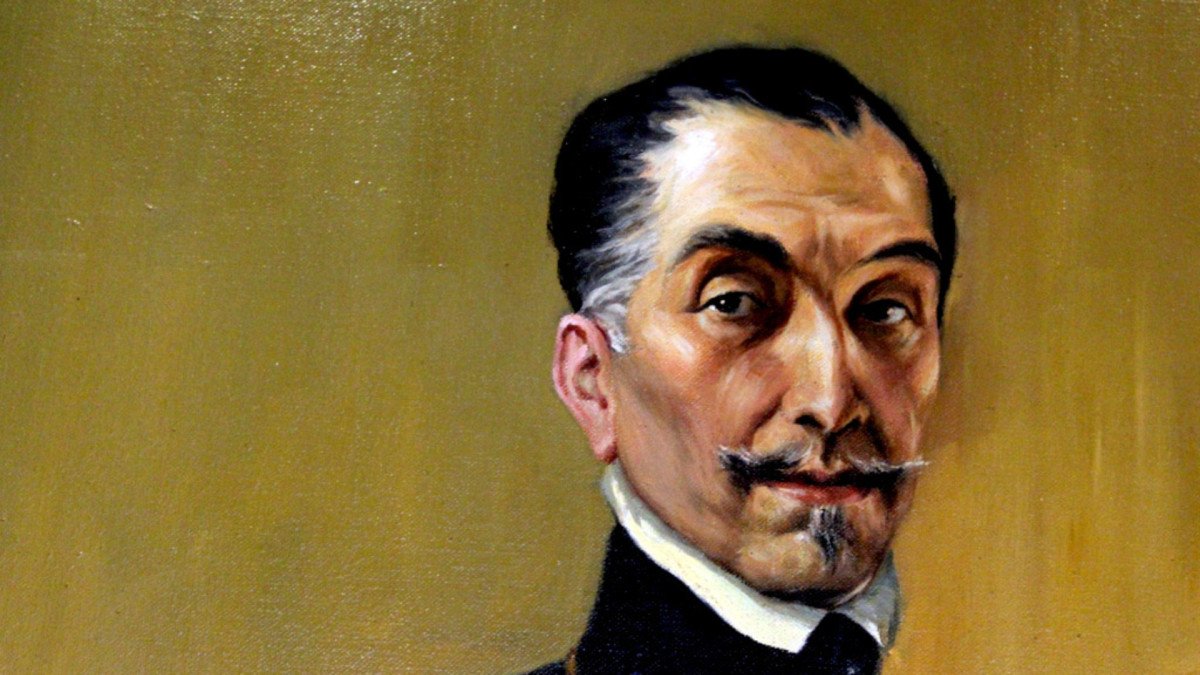
First (and definitive) trip to Spain
When the young man became a teenager, he learned his first letters in Cuzco with Juan de Alcobaza (c. 1518-1568). The childhood and early youth of Inca Garcilaso were marked by the bloody war that shook Peru and divided the Spanish into pizarristas and almagristas. Sebastián Garcilaso de la Vega, the father, joined the pizarristas, a side in which his son also remained.
Upon the death of his father, which occurred in 1559, Gómez Suárez de Figueroa (since he had not yet signed the name by which he would be known, Inca Garcilaso) traveled to Spain to claim his part of the inheritance. He may not know it, but he will never return to Peru nor will he see his mother again, who died in 1571. From then on, our writer’s life will take place in Spain.
Upon his arrival in his father’s homeland, a pleasant surprise awaits him. Sebastián Garcilaso de la Vega has left him 4,000 pesos in gold and silver, an exorbitant amount for the time, which will allow Inca Garcilaso to live quite comfortably. To this sum was added, several years later, the inheritance he received from his Spanish uncle, Alonso de Vargas, also quite considerable. As a result, Inca Garcilaso will be able to dedicate himself to literature (his true vocation) without worrying about his finances.
Distinguished humanist of his time
Before embracing the literary path, Inca Garcilaso followed a military career, like his father and uncle. In 1569 we find him in the Alpujarras of Granada, participating in the repression of the Moors under the orders of Juan de Austria. Strange episode in the life of a character always in favor of miscegenation and respect between cultures.
Although he achieved the rank of captain, Inca Garcilaso soon abandoned his weapons and, in 1590, dedicated himself to living the life of a true nobleman. This will allow you to dedicate yourself fully to writing; Precisely from the last decade of the 16th century, one of his best-known works is The Indian Translation of the Three Dialogues of Love by León Hebreo (1590).
It is a translation of the work of the Neoplatonist León Hebreo (1465-1521), which Inca Garcilaso transferred from Italian to Spanish. He himself recognizes the difficulty of the undertaking, since neither Italian nor Spanish were his native languages. The classical and Renaissance culture of Inca Garcilaso is extraordinary, and he thus stands as one of the most distinguished humanists of his time. In addition to Quechua, Spanish and Italian, he speaks Latin, the language of the culture of the moment.
Inca Garcilaso is born
In 1605 La Florida del Inca appears in Lisbon, a chronicle that recounts Hernando de Soto’s expedition to Florida. Although the historicity of the data that Inca Garcilaso presents has been repeatedly questioned, what has received unanimous acclaim is the style of the chronicle, which makes it one of the best of its time. In those years, Gómez Suárez de Figueroa had already begun to sign himself as Garcilaso Inca de la Vega, a name with which he would pass down to posterity (or, simply, Inca Garcilaso).
In any case, the Peruvian writer quickly stood out among the chroniclers of his time. Cervantes himself had read his works, whom by the way Inca Garcilaso met when he passed through Montilla as a tax collector. In 1609, what is considered his magnum opus appears, the Royal Commentaries of the Incas, also published in Lisbon and which aims to be a historical testimony of the Inca empire.
Again, many historians have questioned his sources, but what is clear is that, with this work, Inca Garcilaso raised a song of love for the land of his mother and thus claimed his indigenous culture. In 1617, the second part of the work appeared posthumously, known as General History of Peru.
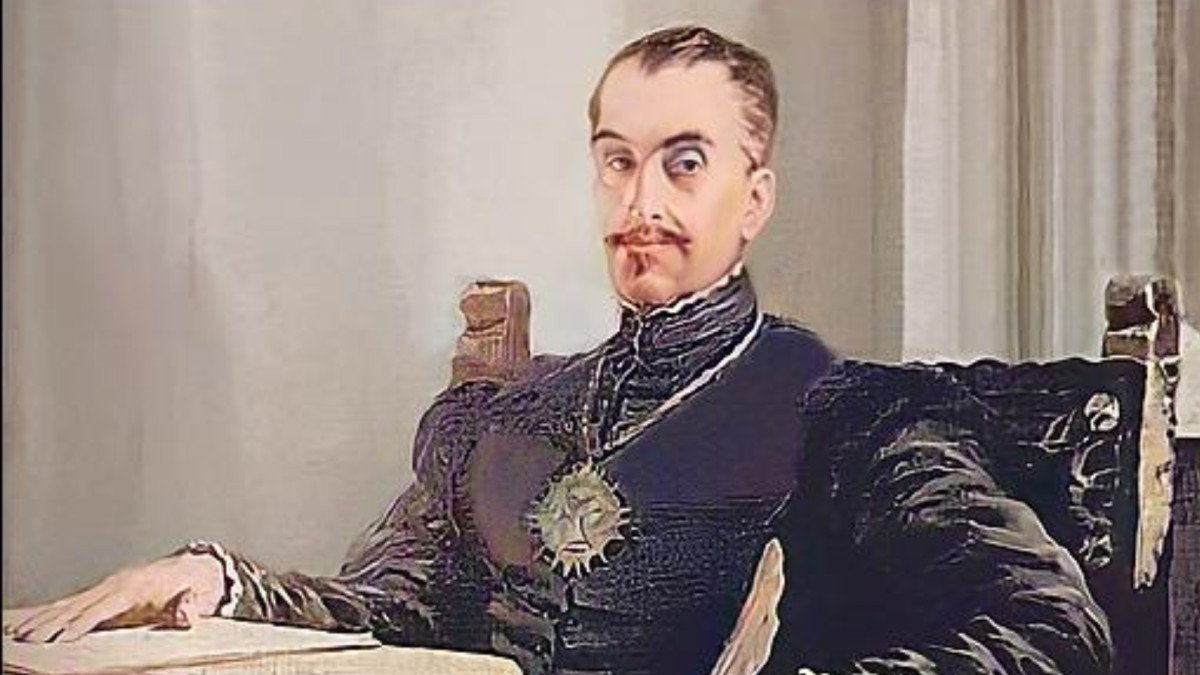
Bridge between two worlds
If the figure of Inca Garcilaso is notable for anything, in addition to his quality as a chronicler, it is his role between two worlds. Very aware of his dual origins (and proud of both equally), Inca Garcilaso always claimed his indigenous and Spanish culture, and in his history of Peru he strives to break some stereotypes about the Incas.
The Inca Garcilaso insists on the refined civilization that they constituted, although he makes a concession to his Christian religion, accepting that Spanish evangelization was the “summit” of this cultural “perfection”, which he compares with Christianity and Rome. In any case, his General History of Peru is an invaluable document to learn about indigenous customs, which he himself had known in his childhood.
Lately it has been known that he had a natural son in Spain, who was sacristan of the family chapel, located in the Mosque-Cathedral of Córdoba. It was in this temple where the great Peruvian humanist and writer was buried in April 1616; specifically, in the Chapel of the Souls, which he acquired in 1612.
One of the great questions of his life is the exact date of his death; Some official documents point to April 24, but on the tombstone in the chapel you can read that his death occurred on April 23, 1616. Another illustrious writer to claim Book Day? Can. In any case, Inca Garcilaso is no longer in Córdoba; His ashes rest in his beloved native Cuzco.


